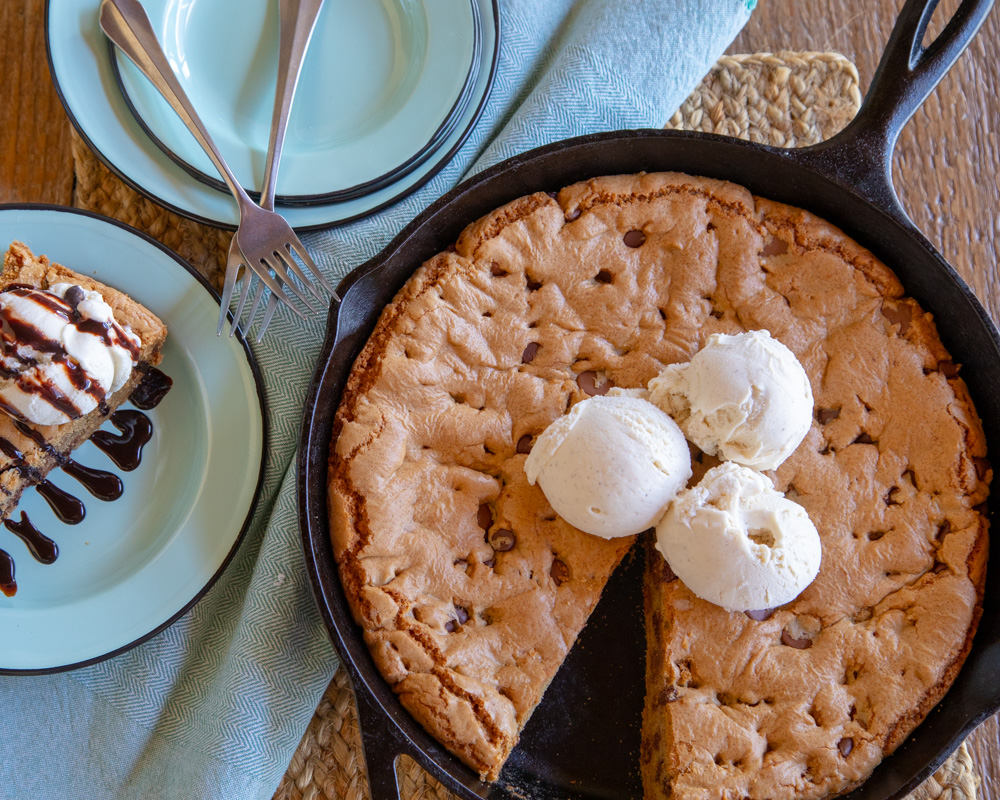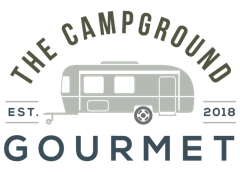Did you know that August 4th is National Chocolate Chip Cookie Day? An entire day focused on celebrating America’s No. 1 cookie. I cannot think of a better day to celebrate that homemade or store-bought favorite treat. From milk chocolate chips to extra dark chocolate chunks, the perfect balance is all in your creation.
In 1937 Ruth Wakefield ran out of baker’s chocolate for her cookie recipe; what she had in her cupboard were semisweet chocolate morsels. Ruth was certain the morsels would melt and puddle all over that cookie but she gave it a chance. Lo and behold, the chips kept their shape, softened a bit in the cooking process, and then firmed back up when the cookies cooled. Why was this woman so important? Ruth Wakefield and her husband owned the Toll House Inn, located in Whitman, Massachusetts. The Toll House chocolate chip and cookie recipe was born.

Along the equator is the growing region for the cacao tree. These trees need hot, humid, tropical weather to grow cacao pods. The Ivory Coast, Ghana, Nigeria and Cameroon grow up to 70% of the worlds cacao. In addition Indonesia, Brazil and Ecuador grow some of the worlds finest cocoa beans. Small farms in Hawaii, Florida, the Caribbean, and Central Mexico make up the remaining 30% of cocoa bean farms.
Bean-to-bar Process
- Harvesting cocoa beans. The pods are removed by hand, the outer shell is split then peeled open to expose the fruit. Which are then placed in fermentation boxes, containers or barrels. This step is crucial in helping the seed coating break down and for the flavors to develop. This process takes about five days.
- Drying the cocoa beans . The beans are transferred to large outdoor drying racks and screens. Over the next one to two weeks the sun slowly dries out the cocoa pod. During that time, the cocoa bean will harden and change color from a rusty red to a deep, dark brown color.
- Washing and sorting . Once the beans are dried they need to be washed to remove any dirt and dust. They are sorted into sizes then prepared for roasting.
- Roasting. This process it to develop flavor, dry out moisture and kill bacteria.
- Winnowing. That is the step where the outer shell is removed and the cocoa nib is exposed.
- Grinding. Large rollers press and grind the nibs to release the “cocoa liquor”. Leaving behind a solid mass called cocoa press cake.
- Blending. That cocoa liquor is mixed with cocoa butter, milk, sugar and emulsifiers, a thick paste forms. It needs to be mixed and kneaded over heat to achieve the perfect consistency.
- Tempering. The chocolate needs to be tempered so it can be poured into molds, cooled and then released. Then, it can be wrapped and shipped to consumers, chefs, bakers and chocolate manufacturing companies.
6 Types of Chocolate
- Unsweetened Cocoa Powder. A powder containing 100% pure chocolate, most of the cocoa butter has been removed.
- Unsweetened Chocolate. Known as baking chocolate, chocolate liquor and pure chocolate. This chocolate contains no sugar. Bakers use it so they can control the amount of sugar added in cakes, cookies, bars, breads and pastries.
- Bittersweet Chocolate. Made from at least 35 percent pure chocolate with some small amount of sugar. Chefs and home cooks create delicious mole sauces, baked goods and chocolate bars with bittersweet chocolate.
- Semisweet Chocolate. Containing at least 35 percent pure chocolate with added cocoa butter and sugar. This is the most popular type of chocolate for chips for cookies. You can find this form in blocks, chips, disks and squares. Semisweet chocolate is best in baked items.
- Milk Chocolate. Consisting of at least 10 percent pure chocolate with added cocoa butter and sugar. With a very creamy and sweet flavor, most chocolate companies use this mixture for their products. Available in a chip, block, bar and square form. This chocolate melts beautifully because of its high cocoa butter content. The preferred chocolate for camp staple s’mores.
- White Chocolate. A combination of cocoa butter, sugar, milk solids and flavoring, usually vanilla. This chocolate product does not contain any cocoa solids. Good in baked foods, breads, candy, icings, bars or as a melting chocolate.
The Ultimate Chocolate Chip Cookie
Below is a chocolate chip cookie recipe my family and I have enjoyed for years. The simplicity of this recipe will blow you away. The delicious flavors and soft textures will have you making this at the campground and your home. All you need is a good 10- or 12-inch cast-iron skillet, like this one from Lodge, a few basic ingredients and a bit of time.

Ingredients
- 1 cup unsalted butter, melted
- ½ cup granulated sugar
- ½ cup light brown sugar
- ½ cup dark brown sugar
- 2 eggs
- 2 teaspoons vanilla extract
- 1 teaspoon baking soda
- ½ teaspoon salt
- 2½ cups unbleached all-purpose flour
- 1 cup semisweet chocolate chips
- 1 cup dark chocolate chips
Instructions
- Add butter to a 12-inch cast-iron skillet. Place the skillet in the cold oven. Heat oven to 350 degrees for 10 minutes or until butter is melted and slightly bubbly.
- Remove pan carefully and pour butter into a large bowl. Add all the sugars to the melted butter. Mix well with a whisk until creamy. Add eggs and vanilla. Whisk until smooth.
- Add baking soda, salt and flour to sugar mixture. Mix with a wooden spoon until smooth.
- Add in chocolate chips. Stir to combine.
- Place cookie dough in the buttered cast-iron skillet, spreading evenly. Be careful as the skillet is still hot.
- Place skillet in oven for 25-30 minutes or until the cookie is golden brown and set.
- Remove from oven and allow to cool on a rack for 10 minutes. Slice and serve with your favorite ice cream and chocolate sauce.
- **Note: This recipe uses a 12½-inch skillet. A slightly larger or smaller skillet can be used, just keep an eye on cooking time.
Original Post TrailerLife 10/1/2019 – Kate Dunbar


 Save Recipe
Save Recipe
1 Comment
Comments are closed.